15 Smart Items To Pack In Your Carry-On—And 3 You Absolutely Need

Packing a carry-on is kind of like playing Tetris—with a twist of strategy and a dash of foresight. One wrong move and you’re the person holding up the security line or digging through your bag mid-flight for something you forgot.
I’ve been there more times than I care to admit. Over the years, I’ve figured out that less really is more—if you pack wisely. It’s not about squeezing in your entire closet or every gadget you own.
It’s about what will actually make your trip smoother, comfier, and less stressful.
1. Travel-size toiletries
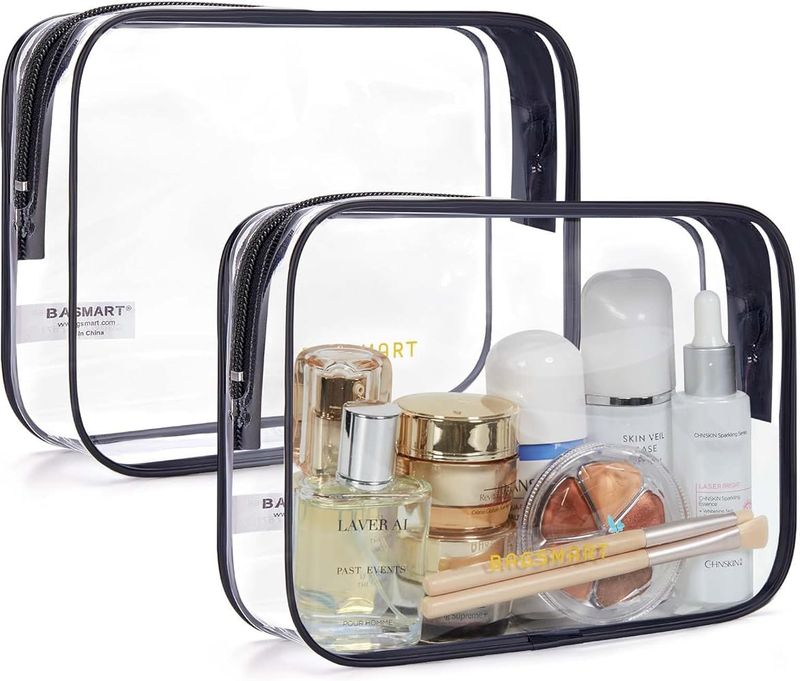
Running out of face wash or deodorant mid-flight is no fun. Small containers of your essential toiletries can be lifesavers, especially on long journeys or when your checked bag decides to take a detour without you.
I always pack miniature versions of my skincare routine, toothpaste, and deodorant. Remember that liquids need to be under 3.4 ounces and placed in a clear, quart-sized bag for security screening.
For overnight flights, face wipes and moisturizer will help you feel refreshed when you land. Nothing beats stepping off a plane feeling somewhat human rather than like a dried-out zombie!
2. Extra phone charger
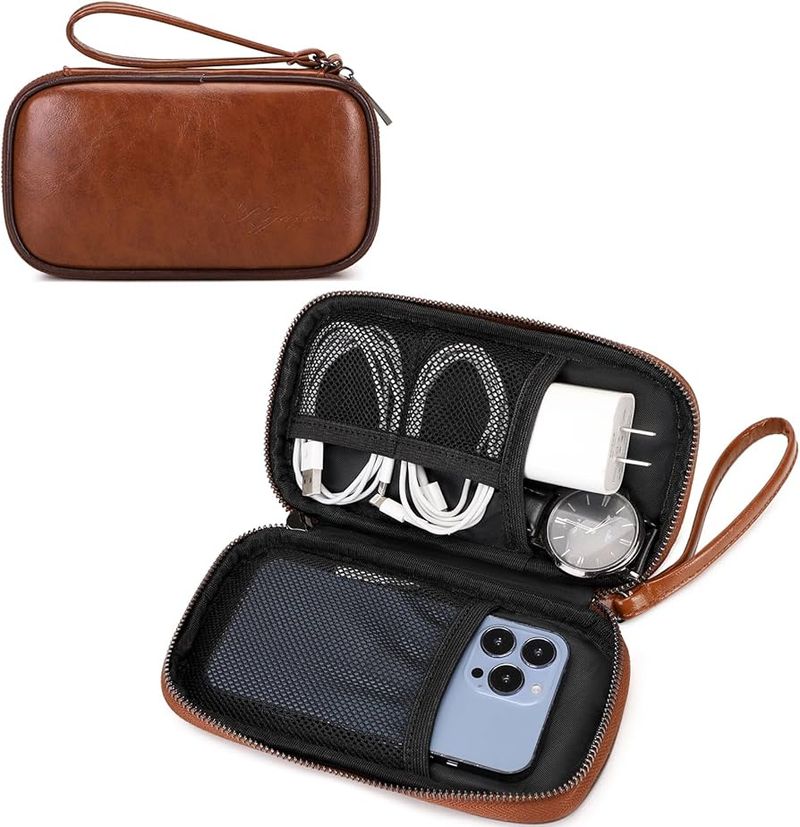
Your battery always seems to drain faster when traveling. An extra phone charger ensures you’ll never be stuck with a dead device at a crucial moment. I’ve been saved countless times by having a backup.
Airports are notorious for having limited outlets, so bringing your own charger means never having to ask strangers if you can borrow theirs. Plus, if your main charger gets damaged or lost during your trip, you won’t have to scramble to find a replacement in an unfamiliar place.
Consider a short cable rather than a long one to save space and avoid tangling with your other items.
3. Passport (absolutely need)

Without this little booklet, your international adventure stops before it starts. Your passport is literally your ticket to the world and absolutely non-negotiable for crossing borders.
I keep mine in a dedicated passport holder with a secure closure. This protects it from damage and makes it instantly recognizable when I’m digging through my bag at customs. Some passport holders even include slots for boarding passes and credit cards.
Take a digital photo of your passport’s information page as backup. Store it in a secure cloud service you can access from anywhere, just in case the physical document gets lost or stolen.
4. Noise-canceling headphones

Crying babies, chatty neighbors, and engine noise can make flights unbearable. Noise-canceling headphones transform your travel experience by creating a bubble of peace in the chaos of air travel.
They’re perfect for enjoying movies, music, or podcasts without cranking the volume to damaging levels. When sleep is my goal, I put them on without any media playing—just the noise cancellation feature working its magic to muffle ambient sounds.
Though bulkier than earbuds, the comfort and sanity they provide are worth the space they take up. Some newer models even have settings that let important announcements through, so you won’t miss boarding calls.
5. Reusable water bottle
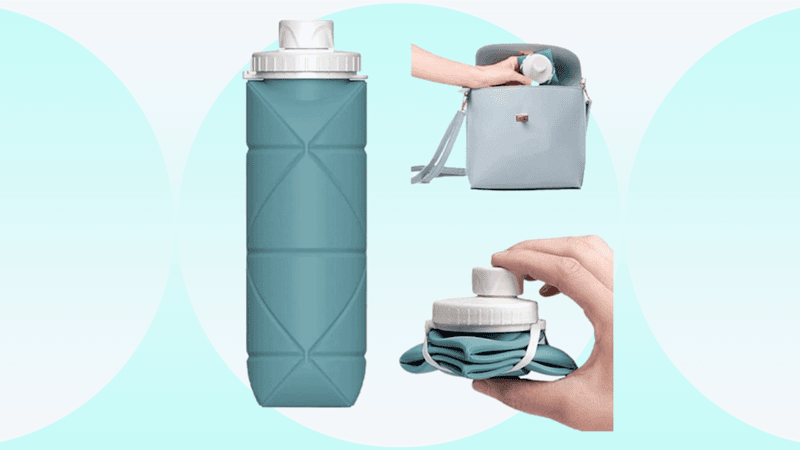
Staying hydrated while flying is crucial, but airport water prices are highway robbery. A reusable bottle saves money and helps combat the dry cabin air that leaves you feeling parched.
Empty it before security, then refill at water fountains once you’re through. Many airports now have dedicated bottle-filling stations that provide filtered water.
Collapsible silicone bottles are perfect for travel since they take up minimal space when empty. If you’re particular about water taste, consider options with built-in filters. Just be sure to choose one that’s leak-proof—nothing’s worse than opening your bag to find everything soaked!
6. Medications (absolutely need)

Never check essential medications—always keep them with you. Flight delays, cancellations, or lost luggage could separate you from vital prescriptions for dangerous amounts of time.
I organize mine in a small, dedicated pill container labeled with dosage information. This system helps me stay on schedule even when crossing time zones. For liquid medications, check TSA guidelines, but most are exempt from the 3.4-ounce limit if medically necessary.
Beyond prescriptions, a small supply of over-the-counter basics like pain relievers, antacids, and motion sickness tablets can be lifesavers. Include a copy of prescriptions or doctor’s notes for controlled substances to avoid security issues.
7. Lightweight scarf

A simple scarf might be the most versatile item in your carry-on. When temperatures drop in overly air-conditioned cabins, it transforms into a wrap or blanket keeping you cozy without the bulk of a sweater.
Feeling sleepy? Roll it up as a makeshift pillow or eye mask. Headed somewhere with modest dress codes? It can cover shoulders or hair as needed. I once even used mine as an emergency towel when a drink spilled in my lap!
Choose natural fabrics like cotton or silk that breathe well and don’t take up much space. Neutral colors match everything, but bright patterns add a pop to basic travel outfits and make great photo accessories at your destination.
8. Compression socks
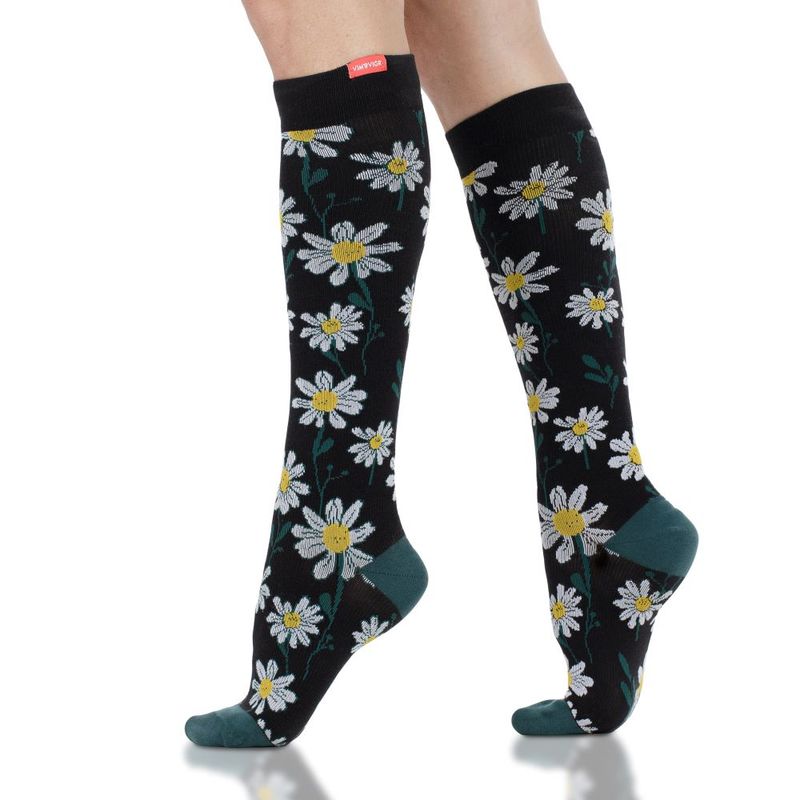
Long flights increase your risk of swelling and even blood clots in your legs. Compression socks apply gentle pressure to improve circulation during hours of sitting, reducing that puffy, uncomfortable feeling when you land.
Don’t be fooled by the medical-sounding name—today’s options come in fun colors and patterns that look like regular socks. They’re especially important on flights longer than four hours or if you have circulation issues.
Put them on before boarding, as they’re easier to wear when your legs aren’t already swollen. While they might feel tight at first, the comfort they provide during and after your flight makes them worth the initial squeeze.
9. Portable power bank
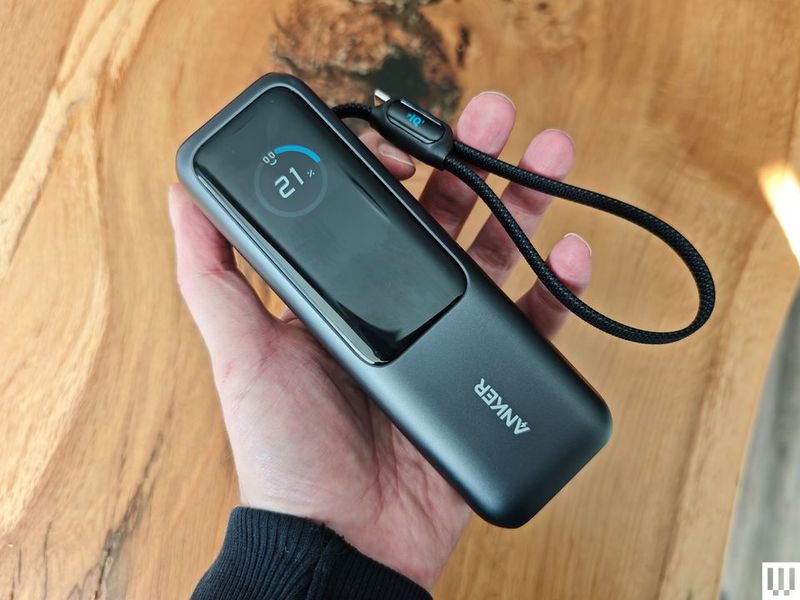
Modern travel depends on charged devices. A power bank ensures your phone, tablet, or e-reader won’t die when you need them most—especially on older planes without seat outlets.
Look for one with enough capacity to fully charge your phone multiple times. The milliamp-hour (mAh) rating tells you how much power it holds; 10,000 mAh typically provides 2-3 full phone charges. Some newer models offer fast charging or wireless capabilities.
Remember to charge it before your trip and pack the right cables. Most airlines require power banks in carry-ons, not checked luggage, due to their lithium batteries. This regulation works in your favor, keeping this essential tool within reach when you need it.
10. Pen and notebook
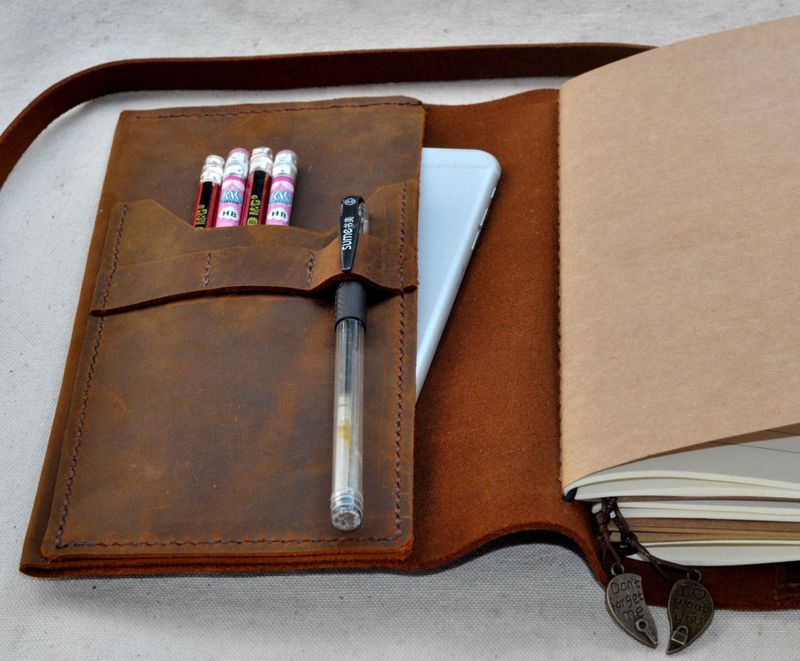
Despite our digital world, a pen and small notebook remain travel essentials. You’ll need them for customs forms, unexpected notes, or jotting down recommendations from fellow travelers you meet along the way.
Flight attendants rarely have extra pens, and nothing’s more awkward than asking to borrow one while trying to complete arrival documents. I’ve saved countless vacation moments by quickly writing down the name of that amazing hole-in-the-wall restaurant recommended by a local.
Choose a pen that writes smoothly at any angle (airplane writing can be tricky) and won’t leak at altitude. A small notebook with a secure closure prevents loose pages from scattering throughout your bag.
11. Hand sanitizer
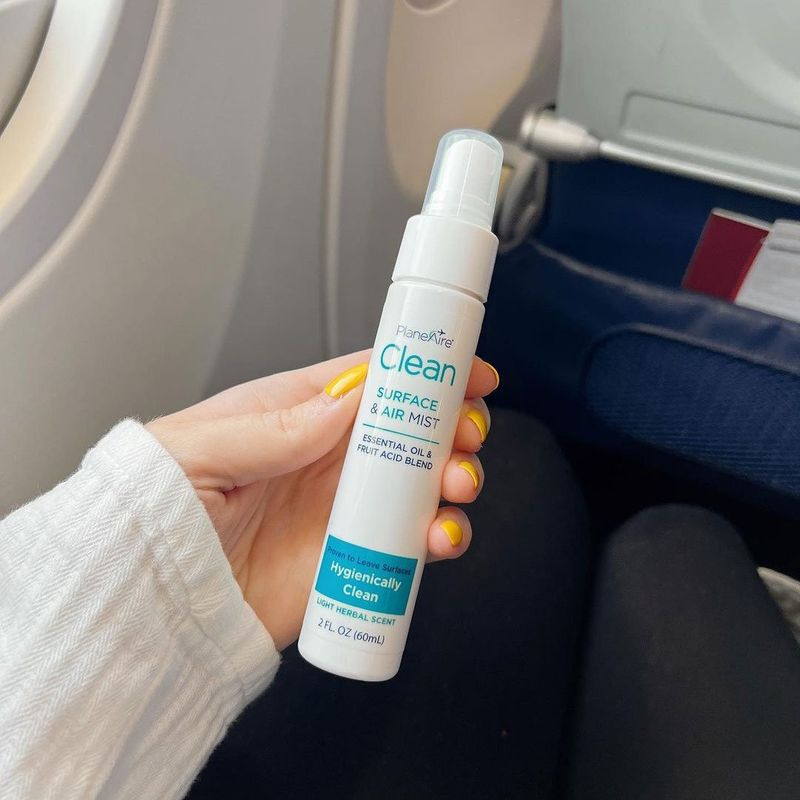
Airplanes and airports are germ playgrounds. A small bottle of hand sanitizer gives you instant clean hands before eating or after touching high-contact surfaces like tray tables and bathroom doors.
Choose one with at least 60% alcohol content for effectiveness against most germs. Travel-sized bottles under 3.4 ounces comply with liquid restrictions, though some airports now allow slightly larger sanitizer bottles through security.
If you have sensitive skin, look for formulations with moisturizing ingredients like aloe vera. Sanitizing wipes serve double duty—they clean both your hands and questionable surfaces around your seat. After recent global health concerns, using sanitizer regularly during travel isn’t just smart—it’s expected.
12. Snacks

Airline food often disappoints when it’s available at all. Packing your own snacks ensures you’ll have something tasty when hunger strikes during delays or when flight attendants are nowhere in sight.
Ideal travel snacks don’t crush easily, smell strongly, or melt. My go-to options include nuts, granola bars, dried fruit, and crackers. These provide energy without the sugar crash that comes from typical airport offerings.
Individual packaging prevents half-eaten snacks from making a mess in your bag. If traveling internationally, finish your food before landing—many countries prohibit bringing in outside food. Just remember to stay hydrated while enjoying salty snacks, as airplane cabins are already dehydrating environments.
13. Change of clothes

Spilled drinks, unexpected weather, or delayed luggage can leave you desperate for fresh clothes. A simple outfit change in your carry-on has saved me from disaster more times than I can count.
Pack items that don’t wrinkle easily and can be mixed with what you’re wearing. I typically include underwear, socks, a t-shirt, and lightweight pants. Rolling rather than folding these items saves space and reduces wrinkles.
This backup becomes especially valuable on overnight flights or journeys crossing climate zones. There’s nothing like changing into a fresh shirt after a long flight to help you feel human again, particularly when your checked bag decides to take a detour to another city!
14. Travel documents organizer
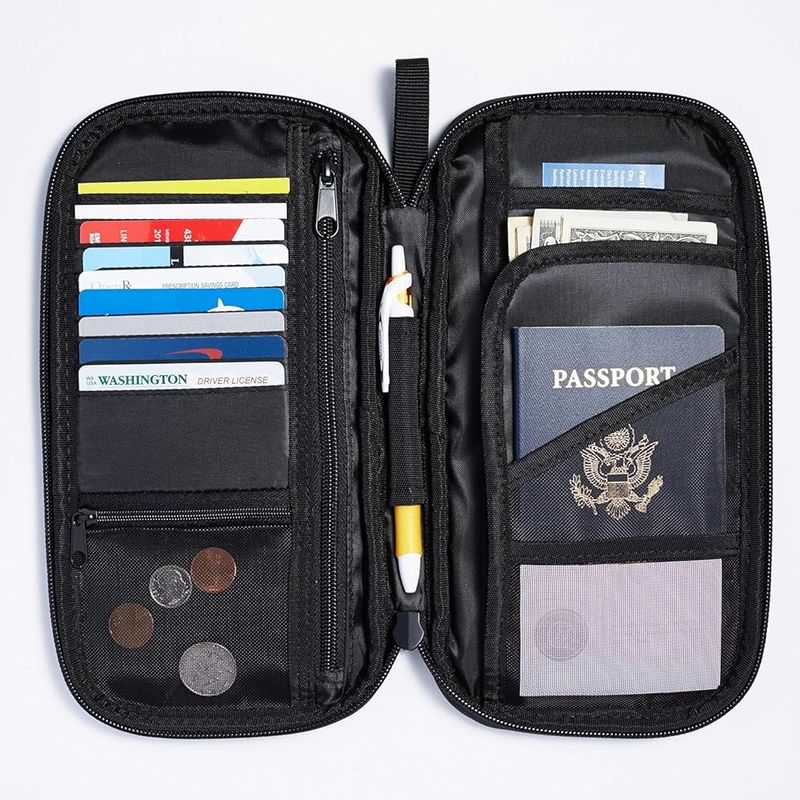
Fumbling for boarding passes, hotel confirmations, or insurance information wastes time and raises stress levels. A dedicated documents organizer keeps everything in one place and protected.
Look for one with clear pockets for quick visual access to different documents. The best organizers include specific sections for passports, boarding passes, currency, and cards. Some even offer RFID protection to prevent electronic theft of passport and credit card information.
Beyond physical organization, I take photos of all important documents and store them in a password-protected folder accessible offline. This digital backup has proven invaluable when I’ve misplaced physical copies or needed to share information quickly with travel companions.
15. E-reader or book
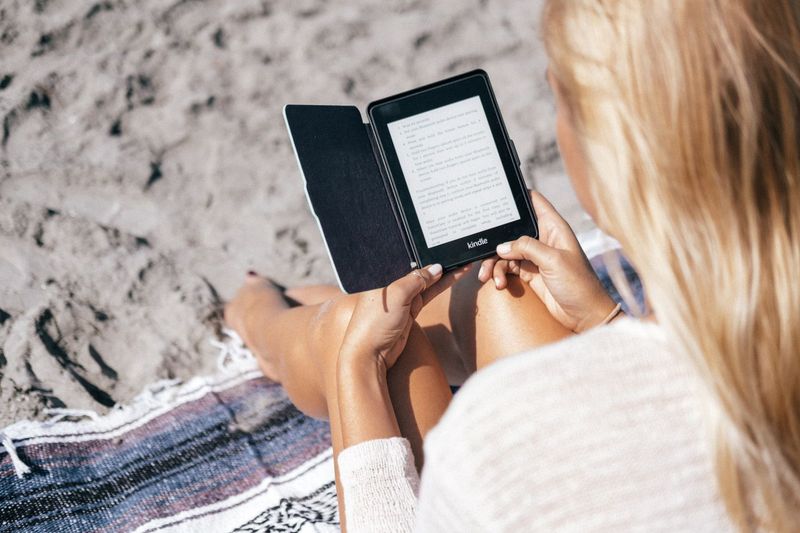
Flight delays and long journeys become much more bearable with good reading material. E-readers win for convenience—they’re lightweight and can hold thousands of books, perfect for indecisive readers like me.
Unlike tablets or phones, dedicated e-readers have exceptional battery life and eye-friendly screens that work well even in bright sunlight. If you prefer physical books, paperbacks save weight compared to hardcovers.
Load your device with a mix of light entertainment and deeper reads to match different energy levels during your journey. I always download a guidebook about my destination for last-minute research and a few mindless beach reads for when my brain needs a vacation from vacation planning.
16. Eye mask
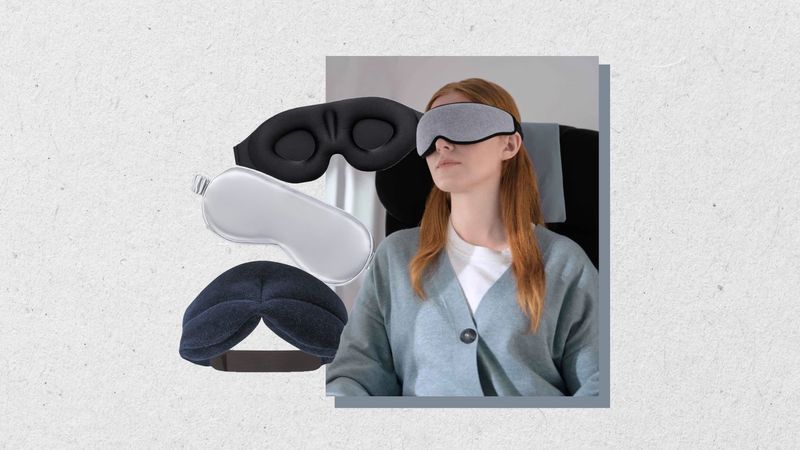
Quality sleep transforms your travel experience, and an eye mask is the secret weapon for catching Z’s anywhere. Even when the cabin lights dim, your neighbor’s reading light or the glow from entertainment screens can keep you awake.
Modern eye masks have evolved far beyond the flimsy freebies handed out on flights. Look for one with molded cups that don’t press against your eyelids and an adjustable strap that won’t tangle in your hair. Some premium versions include built-in Bluetooth headphones or cooling/heating elements.
The best part? Eye masks signal to flight attendants and chatty seatmates that you’re not available for conversation. This simple boundary-setting tool creates your personal sleep sanctuary, even in the middle seat.
17. Wallet with essentials (absolutely need)

Your wallet contains the keys to modern travel—payment methods, identification, and access to services. Unlike everyday carry, a travel wallet should be streamlined to include only what’s necessary for your journey.
I recommend bringing two credit cards from different networks (in case one isn’t accepted), a small amount of local currency, your driver’s license, and health insurance information. Leave membership cards and other non-essentials at home to lighten your load and reduce risk if your wallet is lost or stolen.
Consider a dedicated travel wallet with RFID-blocking technology and secure closures. Some travel wallets include hidden compartments for emergency cash or feature water-resistant materials for adventure travel.
18. Travel pillow
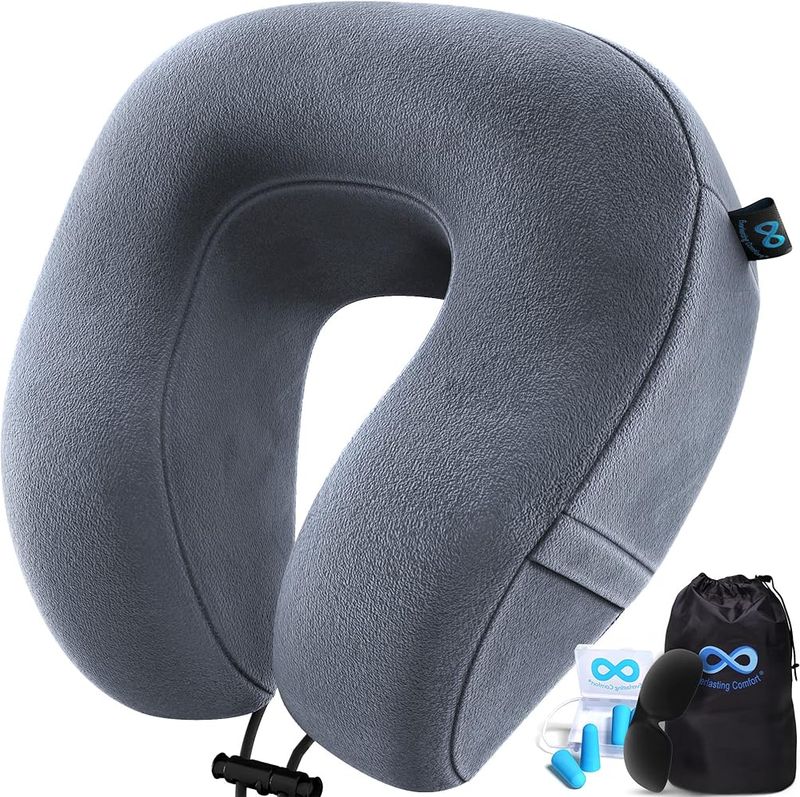
Neck pain from awkward sleeping positions can ruin the first days of your vacation. A good travel pillow prevents this by supporting your head and neck during in-flight naps.
Traditional U-shaped pillows work for many, but newer designs offer innovative solutions. Some wrap completely around your neck for 360° support, while others attach to headrests or windows. Memory foam provides the best balance of softness and support, though inflatable options save space when not in use.
If you’re tight on space, look for pillows that compress into small carrying cases. Though they seem like luxury items, after experiencing the difference between arriving refreshed versus with a neck that feels broken, you’ll consider them essential carry-on equipment.
